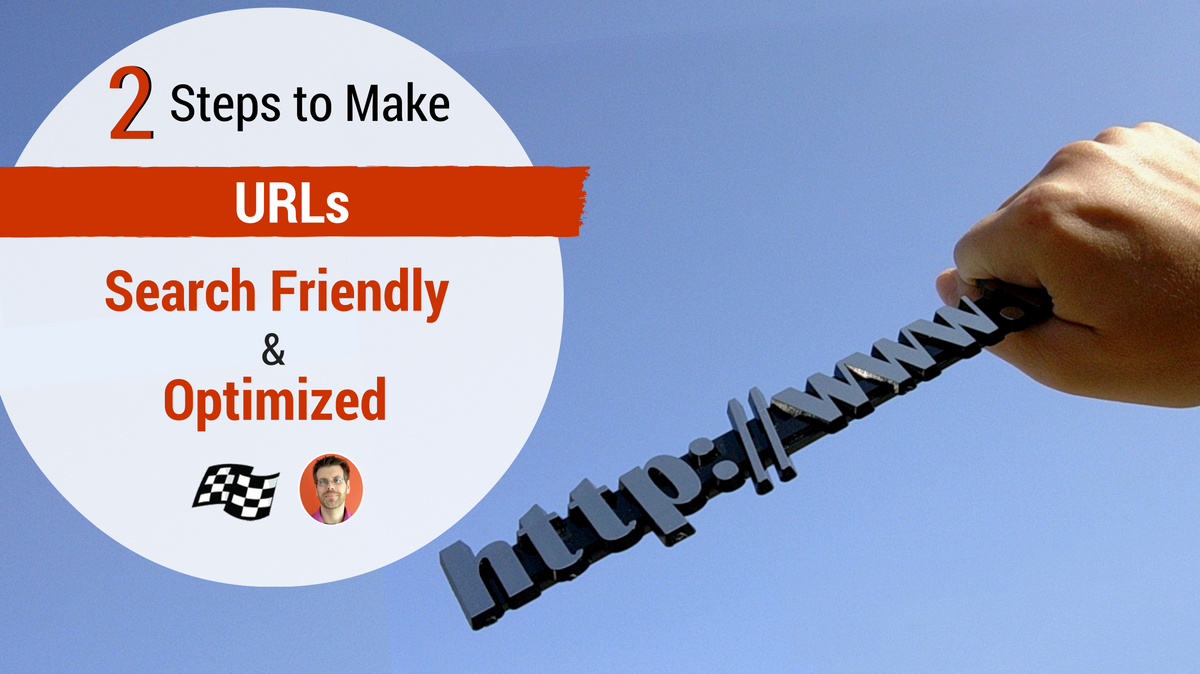
If you’ve been following along with this blog at all, you’ll know that I see a distinction between making a site search engine friendly and making it search engine optimized. This distinction applies across the board to just about each area of the site. Including URLs.
Aside from the mechanics of the implementation–which often requires a developer to get involved — URL optimization (both SEF and SEO) is pretty easy to get right.
URL by Keyword
To start, search engine friendly URLs are readable. You should be able to look at the URL, for any page, and have a good idea as to what the page is about. A page about widgets, should have the word widgets in the URL. If it’s about red widgets, then the URL should have both words.
But adding words to URLs isn’t all there is to being search friendly. You also have to remove things that don’t belong. That could be an internal product ID number or the date in which the product was added. Basically, you want to remove any information that doesn’t help the reader understand the content of the page.
URL by Navigation
The next step is to make the URL search engine optimized. To optimize the URLs, don’t think only about the words that describe the content of the page, but think about the path that is used to find the page in the site.
Optimized URLs mimic the navigation and breadcrumb paths that lead to the page. So now we are not just talking about adding widgets in the URL, but the master category and/or sub-categories that house all the widget pages. On your site, widgets might be located under “tools,” which in turn might be located under “internet.” If that’s the case, then your optimized URL might look like this:
site.com/internet/tools/red-widgets/
 “Optimized URLs mimic the navigation and breadcrumb paths that lead to the page.” — Stoney deGeyter
“Optimized URLs mimic the navigation and breadcrumb paths that lead to the page.” — Stoney deGeyter
Keeping URLs aligned with your navigation path can impact how those URLs display in the search results. The search result display is a signal to visitors as to whether or not they choose to click through the site. Both search engine friendly and search engine optimized URLs do a better job of informing visitors and enticing the click into the website.
Checklist For Making URLs SE Friendly/Optimized
- Use real words
- Eliminate everything else
- Mimic navigational path
